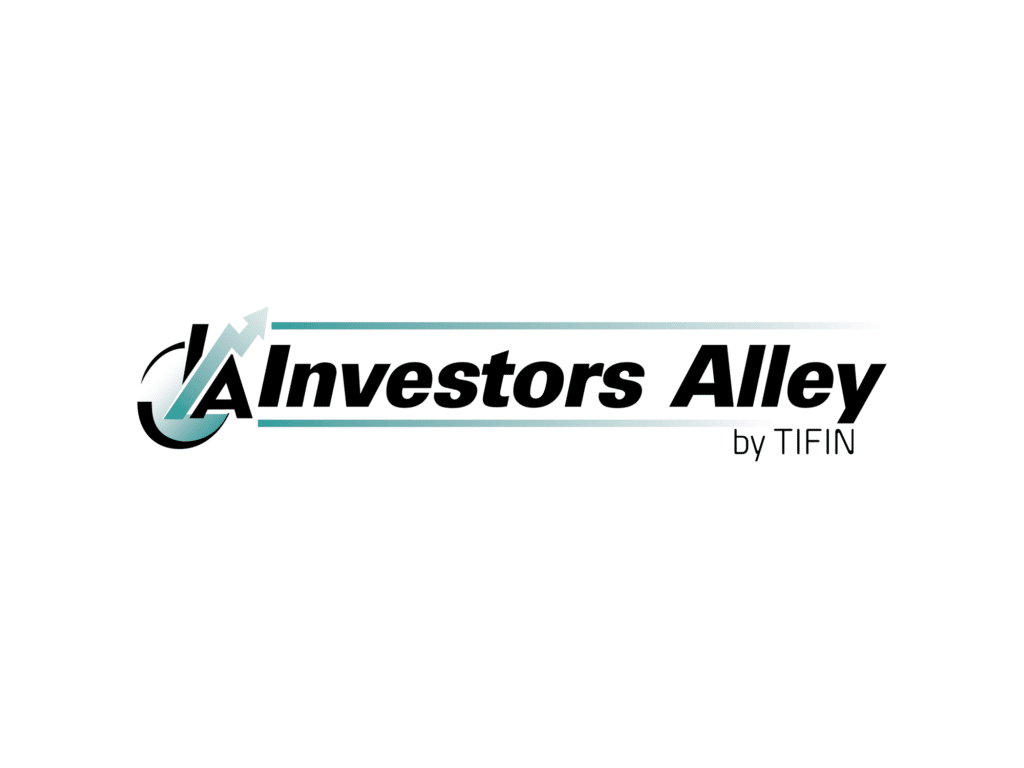Pick a Side: Income or Capital Gains
My Dividend Hunter service focuses on earning an income stream from a portfolio of high-yield investments. This comes with a lot of benefits, especially when markets are as turbulent as they have been lately.
One downside is that when I read analyst ratings on the stocks I recommend, I often find the analysis has the wrong focus.
Traditional stock analysis looks at a company’s business results and growth prospects to value the share price. From there, the analyst determines whether the stock is under or overvalued and assigns it a buy, sell, or hold rating.
For investors focused on building wealth through capital gains, Wall Street analysts’ buy and sell signals can be helpful.
However, I believe these ratings recommending the purchase or sale of stock shares to earn capital gains are not compatible with investing for a high-yield income stream.
Let me explain…
The main problem with trying to time the market or share purchases is that you cannot earn dividends unless you own shares. If you own and sell dividend-paying stocks, the dividends stop coming.
If you want to build an income stream, you must start buying shares, no matter where you think the broader market is going. This is a tough concept for investors who are used to trying to guess the direction of share prices.
I teach my subscribers that income investing involves two processes. The first is to find high-yield investments with the most secure cash flows to pay dividends. I constantly monitor the investments I recommend to ensure they can continue to pay dividends. Share price changes do not affect the ability to pay dividends. It’s a company’s ability to generate free cash flow that determines dividend-paying potential.
As income investors, we start by buying shares of attractive high-yield stocks or other investments. The plan is to hold those shares to earn a stable income stream. To grow the income stream, more shares are purchased, either through dividend reinvestment or by adding more capital to your high-yield holdings. Every time you buy a dividend-paying share, you grow your income.
This approach has two very positive benefits.
First, if share prices go down, yields go up, and you can grow your income faster by continuing to invest when the market goes through a correction or even a bear market. During market downturns, it’s essential to make sure the dividend payments are secure, which is part of what I do for my Dividend Hunter subscribers.
Second, if you focus on earning an income and track your income as your primary investment results metric, you will suddenly stop worrying about the stock market’s direction. With a properly managed high-yield portfolio, your income will go up every quarter!
Understanding that your investment strategy will produce steadily higher income and that you no longer need to count on uncertain capital gains to meet your investment goals gives tremendous peace of mind.
Finally, a high-yield dividend-focused strategy can earn attractive returns. My Dividend Hunter recommended portfolio has a current average yield of over 10%.
Pick a Side: Income or Capital Gains Read More »


